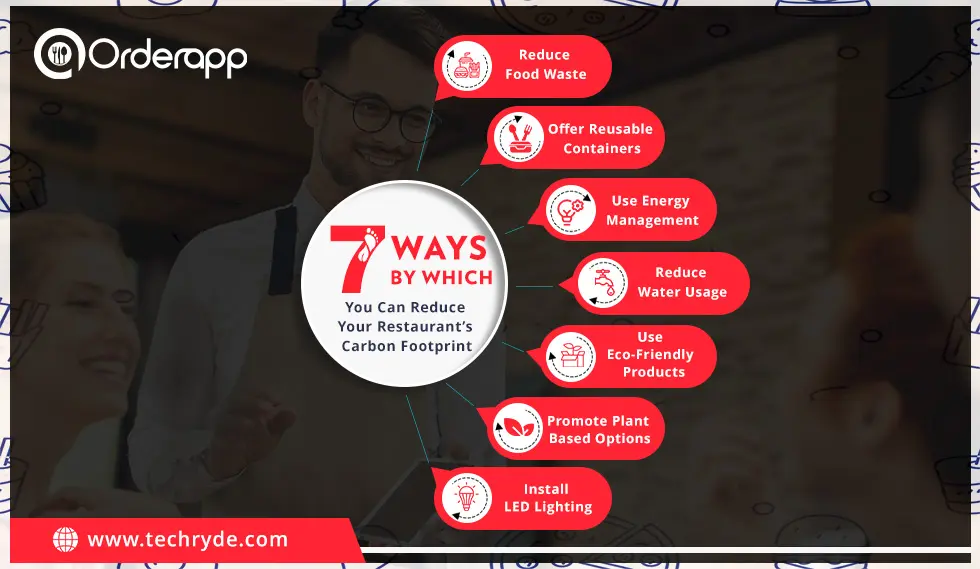Introduction
As the world becomes more conscious about the impact of climate change, it is essential for businesses to take steps towards reducing their carbon footprint. Restaurants, in particular, are significant contributors to carbon emissions due to the amount of energy, water, and waste they generate. However, there are several ways in which restaurants can reduce their carbon footprint without compromising the quality of service or food.
Here are seven ways your restaurant can reduce its carbon footprint:
Reduce Food Waste
One of the most significant ways restaurants can reduce their carbon footprint is by minimizing food waste. A study found that 60 million tons of food waste is generated in the United States annually, which contributes to greenhouse gas emissions. Restaurants can reduce food waste by buying ingredients in small quantities, monitoring inventory levels, and implementing portion control. Additionally, they can donate excess food to local food banks or compost it.
Offer Reusable Containers
Another way to reduce your restaurant’s carbon footprint is by offering reusable containers for takeout and delivery. Plastic containers contribute to landfills, and take years to decompose, making them a significant environmental hazard. By offering reusable containers, your restaurant can reduce plastic waste and provide a sustainable option for customers.
Use Smart Energy Management
Restaurants consume a lot of energy, primarily due to cooking, refrigeration, and lighting. However, by implementing smart energy management practices, restaurants can reduce their energy consumption. For example, installing energy-efficient appliances, using programmable thermostats, and turning off lights when not in use can significantly reduce energy usage and lower energy bills.
Reduce Water Usage
Restaurants use a lot of water for cooking, cleaning, and other operations. However, by implementing water conservation measures, restaurants can significantly reduce their water usage. For example, fixing leaky faucets, using high-efficiency dishwashers, and encouraging employees to turn off taps when not in use can help reduce water usage and lower water bills.
Use Eco-Friendly Cleaning Products
Traditional cleaning products contain chemicals that are harmful to the environment and contribute to greenhouse gas emissions. By switching to eco-friendly cleaning products, restaurants can reduce their carbon footprint and provide a safer working environment for employees.
Promote Plant-Based Options
The production of meat and dairy products generates a significant amount of greenhouse gas emissions. By promoting plant-based options, restaurants can reduce their carbon footprint and provide healthier options for customers. Additionally, incorporating locally sourced, seasonal produce can also help reduce the carbon footprint of the restaurant.



